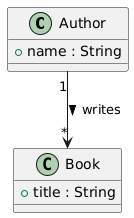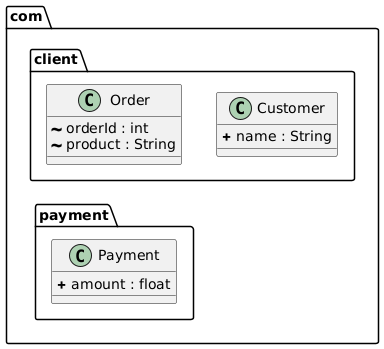UML Diagrams MCQs Questions With Answers – Part 22
Test your knowledge and boost your confidence with these multiple-choice quizzes focused on UML diagrams, foundational software engineering concepts, and real-world best practices. Designed for students, developers, and exam candidates, these MCQs offer a quick and effective way to assess your understanding and sharpen your skills.
1. In a UML class diagram, what does a simple arrow on an association between two classes indicate?
A A unidirectional dependency.
B Possible navigation in both directions.
C Unidirectional navigability, from the source class to the target class.
D An abstract relationship with no possible interaction.
2. What does this diagram represent?

A It shows the classes and their dependencies
B It illustrates different user interfaces
C It models the life cycle of a document
D It represents a database process
3. You’re creating a streaming app. Which diagram would help model the scenario “the user starts a video”?
A Sequence diagram
B State diagram
C Use case diagram
D Component diagram
4. In a quiz app, a player answers several questions. What is the relationship between the two?
A Dependency
B Aggregation
C Composition
D Association
5. What is the default visibility of a UML element contained in a package?
A + (public)
B – (private)
C # (protected)
D ~ (package)
6. In a class diagram, what does an underlined attribute (e.g.: id: int) mean?
A It is a private attribute
B It is a static attribute
C It is an inherited attribute
D It is a constant
7. What is the purpose of a UML profile?
A Customize UML with stereotypes, constraints, and tags specific to a domain.
B Change the UML syntax into a new language.
C Add custom classes to a UML library.
D Transform a UML diagram into executable code.
8. You’re modeling a transport app. A trip is linked to a driver and a car. Which diagram best shows everything?
A Sequence diagram
B Class diagram
C Activity diagram
D State diagram
9. In a state diagram, what triggers a transition from one state to another?
A A class change
B A message or event
C A boolean variable
D An external package
10. In a UML communication diagram, what does a link between two objects represent?
A A static relationship between two classes
B A physical link between two components
C An instance of an association between two objects
D A state transition







